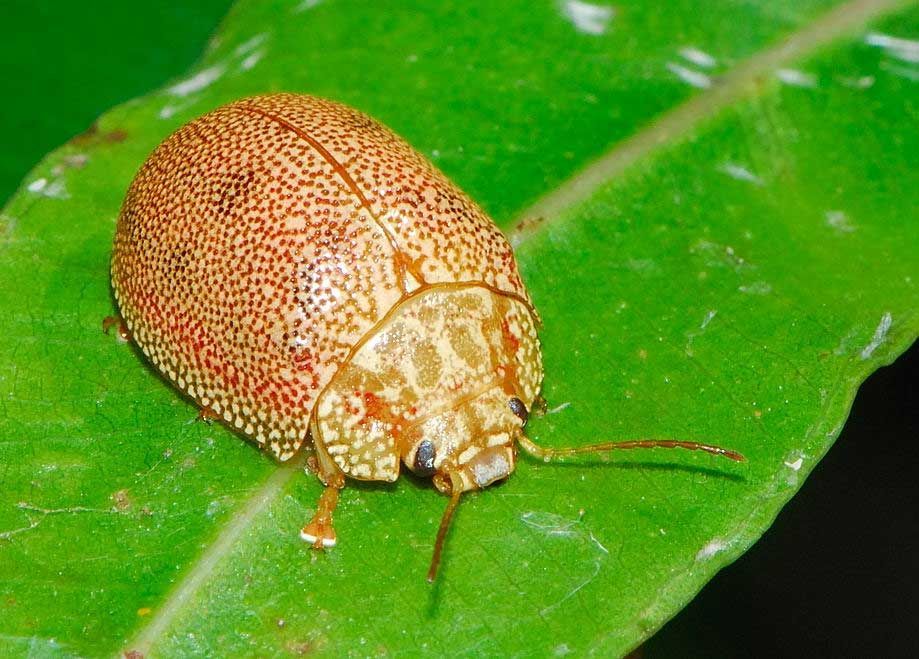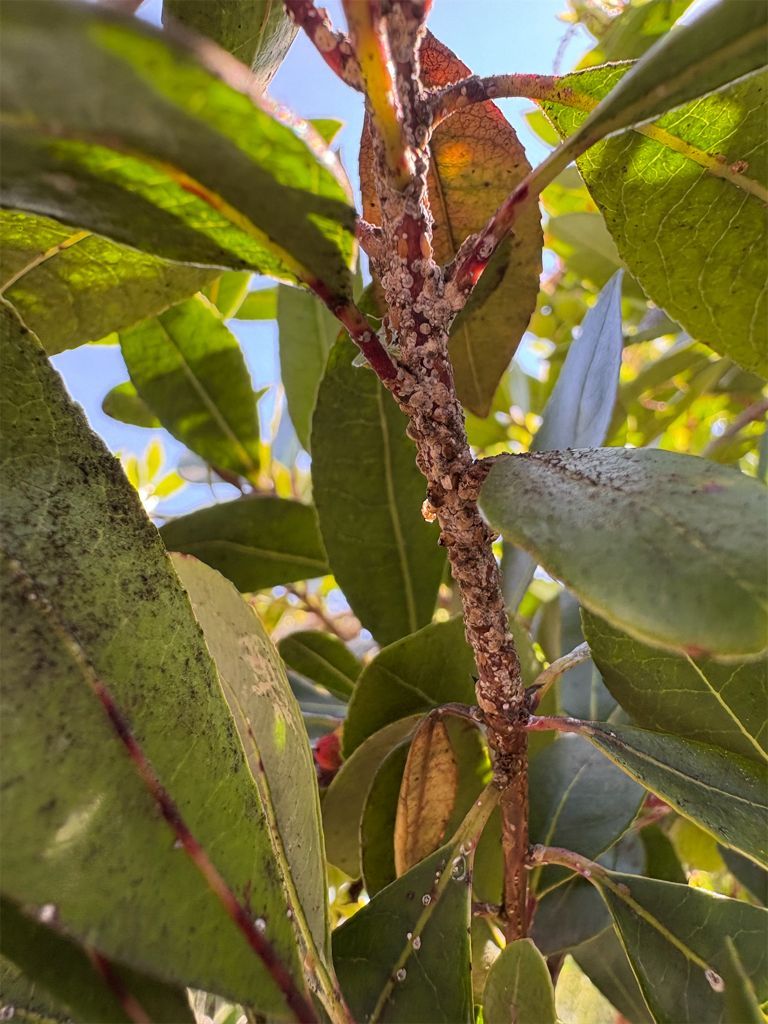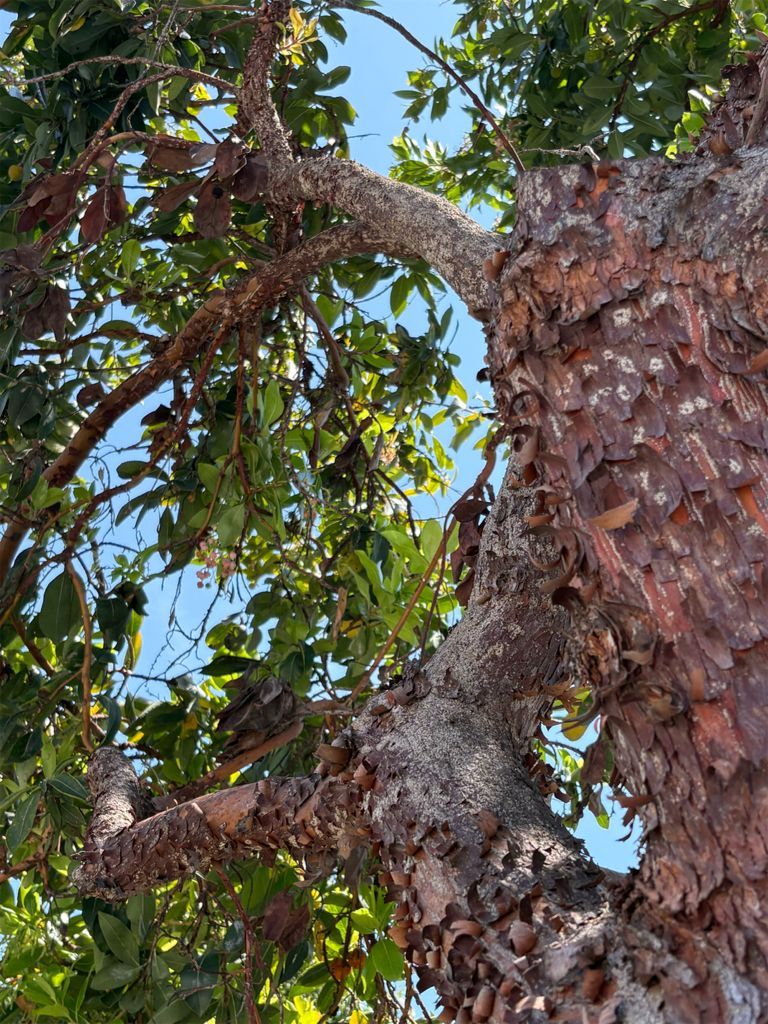Pest Notes – Vol. 2 - Greedy Scale
Greedy Scale
AKA Mr. Krabs scale; this scale wants all of your money!
Well, not exactly. But it certainly threatens your landscape investment.
Arbutus ‘Marina’ is a common landscape planted tree. These trees have a moderate growth rate, strong branching structure elegant red bark and beautiful pink or rose-colored flowers. They are commonly planted in parkways, as a centerpiece for a cul-de-sac or residential home, or throughout a landscape.
While these trees have a shorter lifespan than other Arbutus species since it is a hybrid, optimal care can allow them to stand for upwards of 20 years.
Common mistakes when installing this species are:
- Planting depth
- Shallow frequent watering cycles (planting in turf included)
- Aggressive and/or improper pruning
- Weed-whacking the base or root collar of a tree
These are all easy fixes. Avoid these mistakes by having a reputable and professional contractor perform tree installations, or a professional company oversee the installations. Protect your investment.
This species of tree develops phytophthora root rot infections commonly. They have also been found to host Bot canker, anthracnose, rust, aphid and thrip.
All of these pests, greedy scale included, are opportunistic. This means they only host stressed plants. Remember, pests are electromagnetic – they operate on a different frequency. When a plant nearby is exhibiting stress, they are on it like white on rice. It is also possible for pathogens or insects to be dormant nearby, and stress signals ‘activate’ them.
Our TreeLife personnel have been running in to greedy scale on strawberry tree very frequently. While this pest doesn’t kill a tree off by itself, it certainly inhibits their growth and function and contributes to the development of more serious issues. While this pest can host a long list of species in our area, we are seeing it on strawberry tree the most frequently.
TreeLife develops plans to not only abate pests but address underlying issues resulting in those pests. Our goal with tree treatments is not to create chemically-dependent landscapes – rather, encourage a landscape and its plants to better take care of themselves, which is what they do!
Get it right the first time. Call TreeLife CA!







